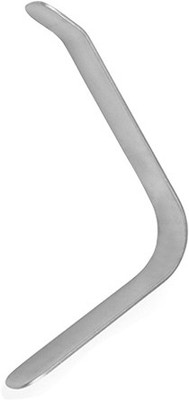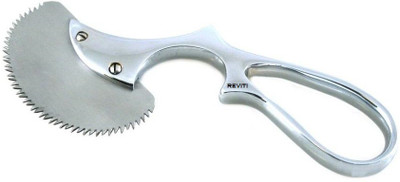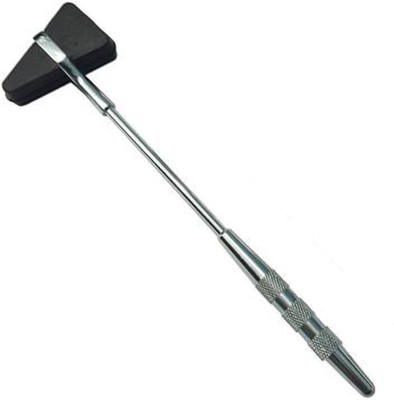
tsw Laparoscopic Myoma Screw 5 mm Surgical Screw (Pack of 1)
Share
tsw Laparoscopic Myoma Screw 5 mm Surgical Screw (Pack of 1)
Be the first to Review this product
Extra ₹118 off
₹1,081
₹1,500
27% off
Available offers
T&C
T&C
T&C
Delivery
Check
Enter pincode
Delivery by3 Jul, Thursday
?
View Details
Highlights
- Remove myomas
- Fibroids
- Other Tissues
- Reusable
- Rust Proof
Services
- Cash on Delivery available?
Seller
Description
Laparoscopic Myoma Screw 5mm Laparoscopy Endoscopy Surgical Surgery Instrument Forceps Myomas Endoscopic Uterine Fibroid Removal Myomectomy
The laparoscopic myoma screw is a surgical instrument used during laparoscopic myomectomy, a procedure to remove uterine fibroids (also known as myomas) through small incisions in the abdomen. The myoma screw is designed to hold and manipulate the fibroid during the procedure, providing stability and facilitating its removal.
Here's how the laparoscopic myoma screw is typically used:
Insertion: The laparoscopic myoma screw is inserted into the fibroid through a small incision in the abdomen. The screw is usually made of stainless steel or titanium and has a pointed tip with a thread-like structure, allowing it to be screwed into the fibroid.
Screw placement: The surgeon carefully screws the myoma screw into the fibroid, ensuring a secure grip. The screw's design provides stability and allows the surgeon to manipulate the fibroid, keeping it in place during the procedure.
Manipulation: Once the myoma screw is securely in place, the surgeon can manipulate the fibroid by gently pulling or rotating it. This manipulation allows for better visualization and access to the fibroid, making it easier to perform the myomectomy.
Fibroid removal: With the myoma screw holding the fibroid in place, the surgeon can proceed with the removal of the fibroid. This can be done through various techniques, such as cutting the fibroid into smaller pieces for extraction or using an electrical device to shave or vaporize the fibroid.
Screw removal: After the fibroid is successfully removed, the myoma screw is unscrewed and removed from the fibroid. Depending on the surgeon's preference, the incision used for inserting the screw may be closed with sutures or left to heal naturally.
The laparoscopic myoma screw is just one of the tools used during laparoscopic myomectomy. Other instruments such as laparoscopic graspers, scissors, and electrocautery devices are commonly used in conjunction with the myoma screw to perform the procedure effectively and safely. It's important to note that the specific techniques and instruments used may vary depending on the surgeon's expertise and the patient's individual circumstances.
Read More
Specifications
In The Box
| Number of Surgical Screws |
|
General
| Brand |
|
| Model Number |
|
| Type |
|
| Material |
|
| Color |
|
| Net Quantity |
|
Dimensions
| Length |
|
| Other Dimensions |
|
Be the first to ask about this product
Safe and Secure Payments.Easy returns.100% Authentic products.
Back to top







